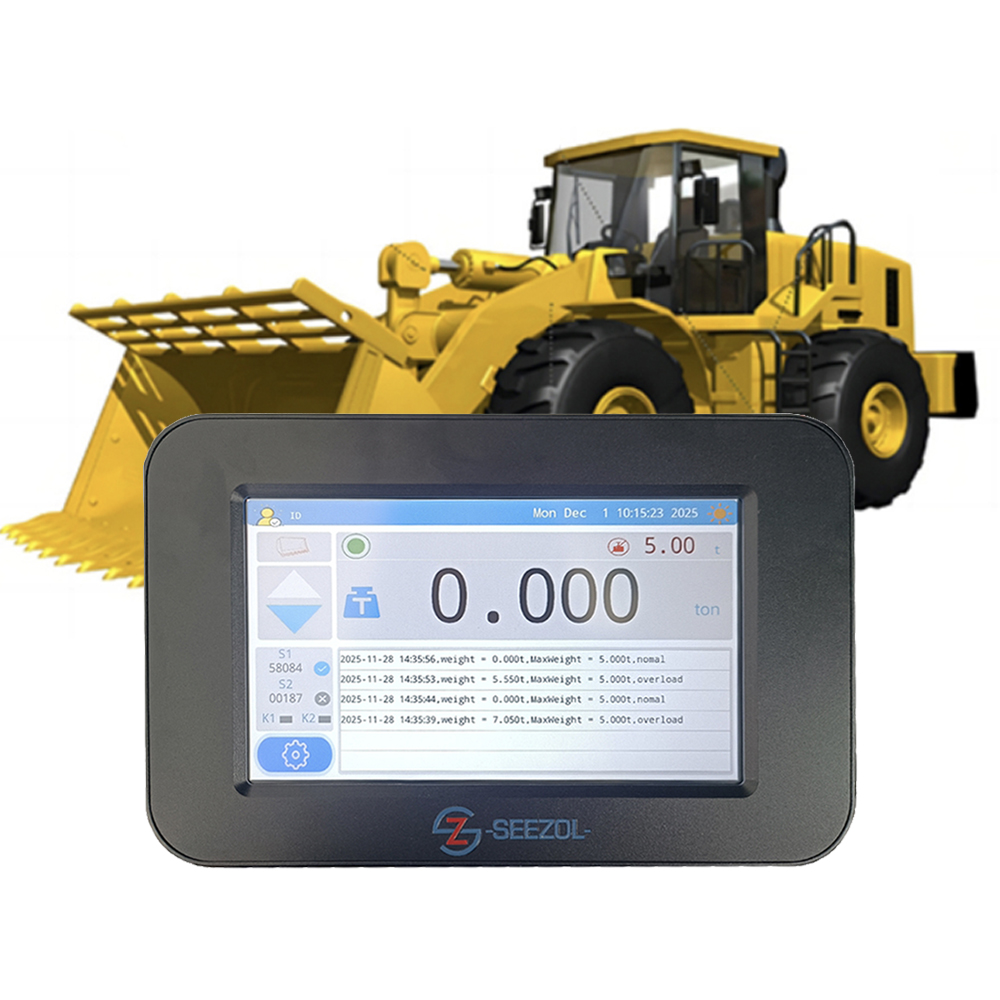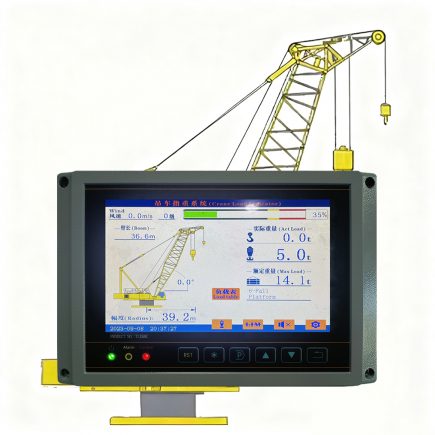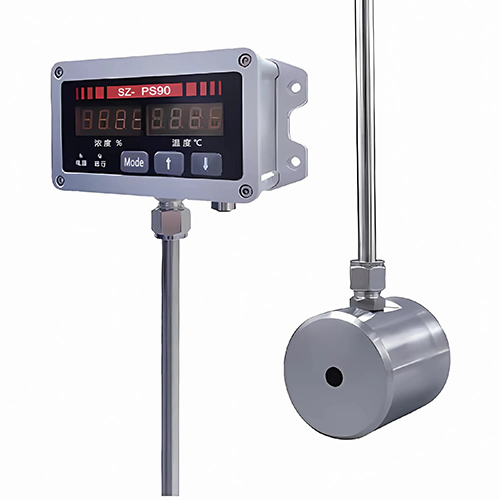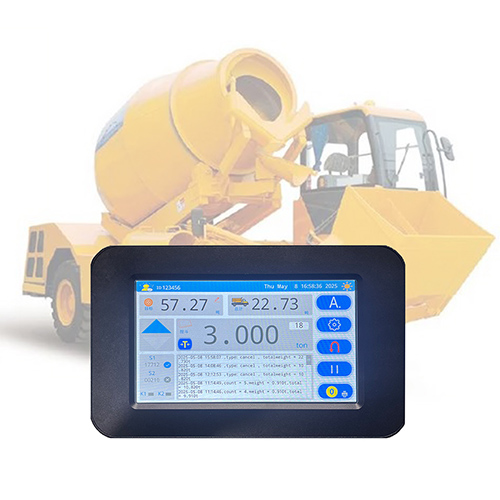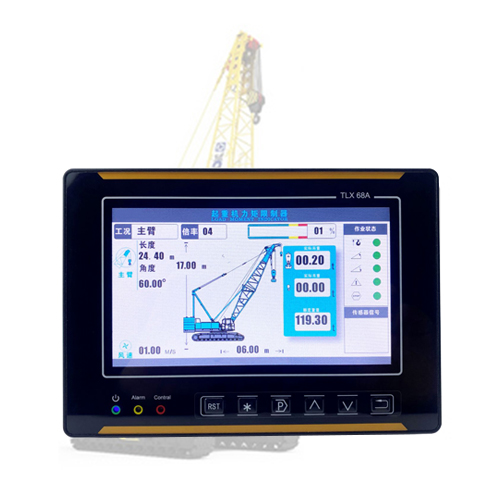The sensors in the excavator scale, mainly composed of angle sensors and pressure sensors, are the core components of the system. Their primary function is to detect the physical signals (such as force and pressure) generated when the excavator digs materials and convert these physical signals into electrical or digital signals for subsequent processing and analysis by the weighing system.
An angle sensor is a device used to measure the angular changes of various parts of the excavator, such as the boom, arm, and bucket. By continuously monitoring the angles of these components in real – time, the system can accurately calculate parameters like the working position, digging depth, and unloading height of the excavator, thereby enabling more efficient and precise operations.
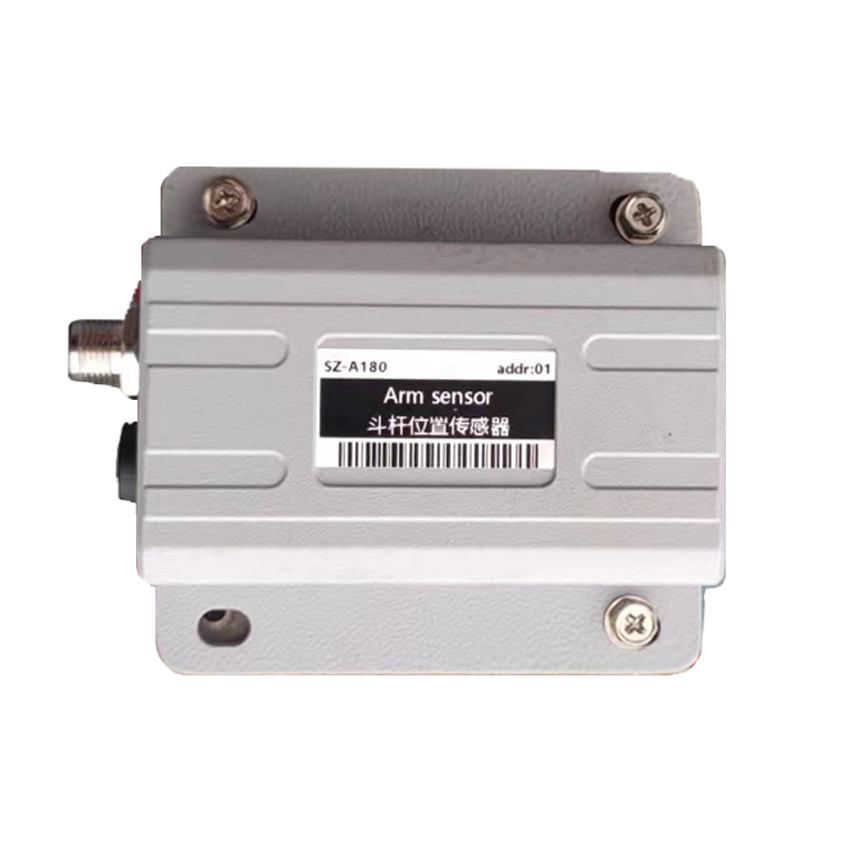
A pressure sensor is a device that can sense pressure signals and convert them into usable output electrical signals according to certain rules. It can measure the pressure of the hydraulic oil in real – time and with high precision, providing crucial data for the excavator’s control system.
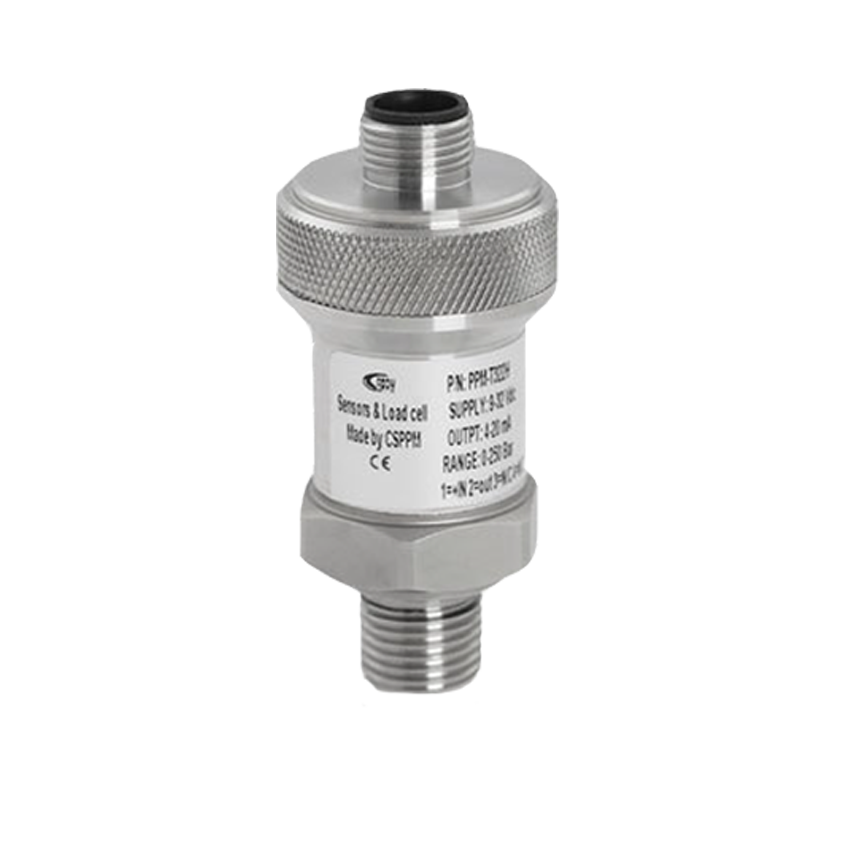
By combining the angle data measured by the angle sensor and the pressure data from the pressure sensor, the working parameters of the excavator can be accurately calculated. The excavator’s control system can then calculate the size of the load, thus achieving accurate measurement of the weight of the excavated materials. Meanwhile, during the operation of the excavator, by monitoring the angles of the components and the pressure at key parts, it can be determined whether the excavator is in a safe working state. For example, when the angles of the boom or arm exceed the safe range or the hydraulic pressure is too high, the system can promptly issue an alarm to remind the operator to take measures and prevent safety accidents.

